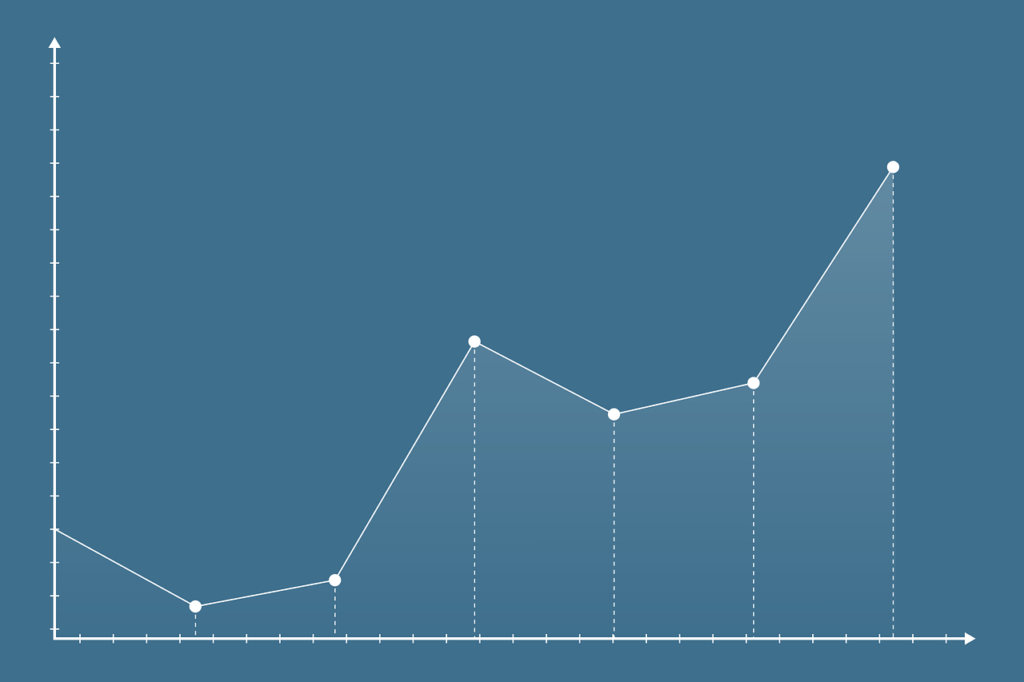Organizations store data in a structured manner called databases, which are centralized, relational, and hierarchical among other things. For example, a relational database stores data with pre-existing relationships.
But what is a graph database? Have you heard of one before??
The main advantage of a graph database is the way it keeps data. Instead of simply maintaining data, it prioritizes the relationships between data points.
But how does it work, and what are some of its features? In which ways can it benefit you? What should you consider before choosing a graph data platform? Read on to get the answers below.

What makes it different from others?
As stated earlier, graph databases let you keep data as graph structures with nodes, edges, and properties to understand their relationship.
Every entry or item in the database connects to the others in a specific way, and this system helps you recognize that quickly. It is significantly different from others that limit data storage such as tables or forms.
You also have the flexibility to store the information any way you want without restricting it to a specific model. Besides efficient storage, you can access information quickly for a particular purpose.
Why is it necessary?
Databases stored in graphs play an essential role in helping you understand the connection between items. For instance, how is A related to B, what characteristics do they share, and do they have shared objectives?
Other types of databases do not give you that deep insight because of the inefficient way they store data. Graph databases store relationships besides the nodes much more flexibly, letting you handle them quickly.
It helps you solve several data problems that involve multiple relationships. Using this structure, you can navigate deep hierarchies, identify hidden connections and discover interrelationships between items.
Since it doesn?t follow a rigid existing model, you can show how each entity connects to the others.
How to choose a graph database platform?
You should select a platform that allows you to maximize the benefits of this data-entry structure.
Here are some factors you should consider while doing so:
Does it have a graph-native scale?
A graph-native scale offers you the advantage of a solid transactional guarantee, unlimited elasticity, and performance across billions of nodes (nodes represent specific information in the graph).
It also enables you to identify trillions of relationships within a few seconds with a quick response time. When looking to buy database software, you should check if it allows relationship chain-locking that lets you update and delete nodes without facing any difficulty.
Does it promise a superior performance?
The platform should be capable of handling large data volumes while maintaining data integrity and impressive performance. It should handle fast transactions with high parallel output, even with increased data complexity.
Do you have multiple server options?
Choosing a graph database software that offers you multiple server options, including self-hosted, multi-cloud, and hybrid, is better. You should also have the opportunity to run it in any cloud environment.
What about its security structure?
Before choosing a platform, see whether it enforces enterprise security rules without affecting its performance or convenience. Schema-based security lets you utilize a deeper security system.
Is a role-based access control system providing granular security to individual items and their properties? Once you restrict access at any specific level, the database automatically implements it throughout the structure.
The above-mentioned information can help you understand the answers to questions such as, ?what is a graph database??, ”what are its benefits??, and many more. While looking to invest in quality graph database software, it is important to select the right platform with superior performance and features to utilize this structure to the fullest extent.

As the editor of the blog, She curate insightful content that sparks curiosity and fosters learning. With a passion for storytelling and a keen eye for detail, she strive to bring diverse perspectives and engaging narratives to readers, ensuring every piece informs, inspires, and enriches.









